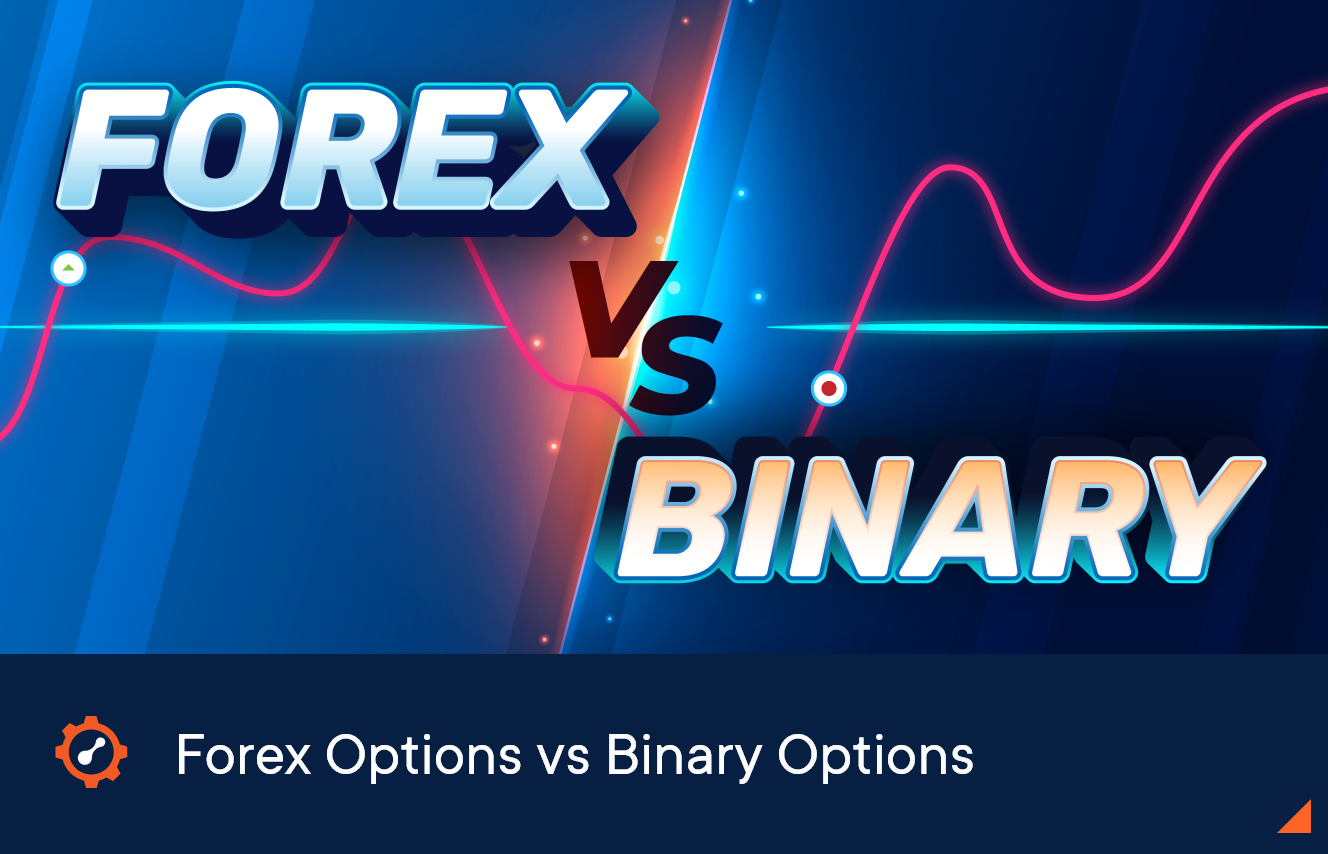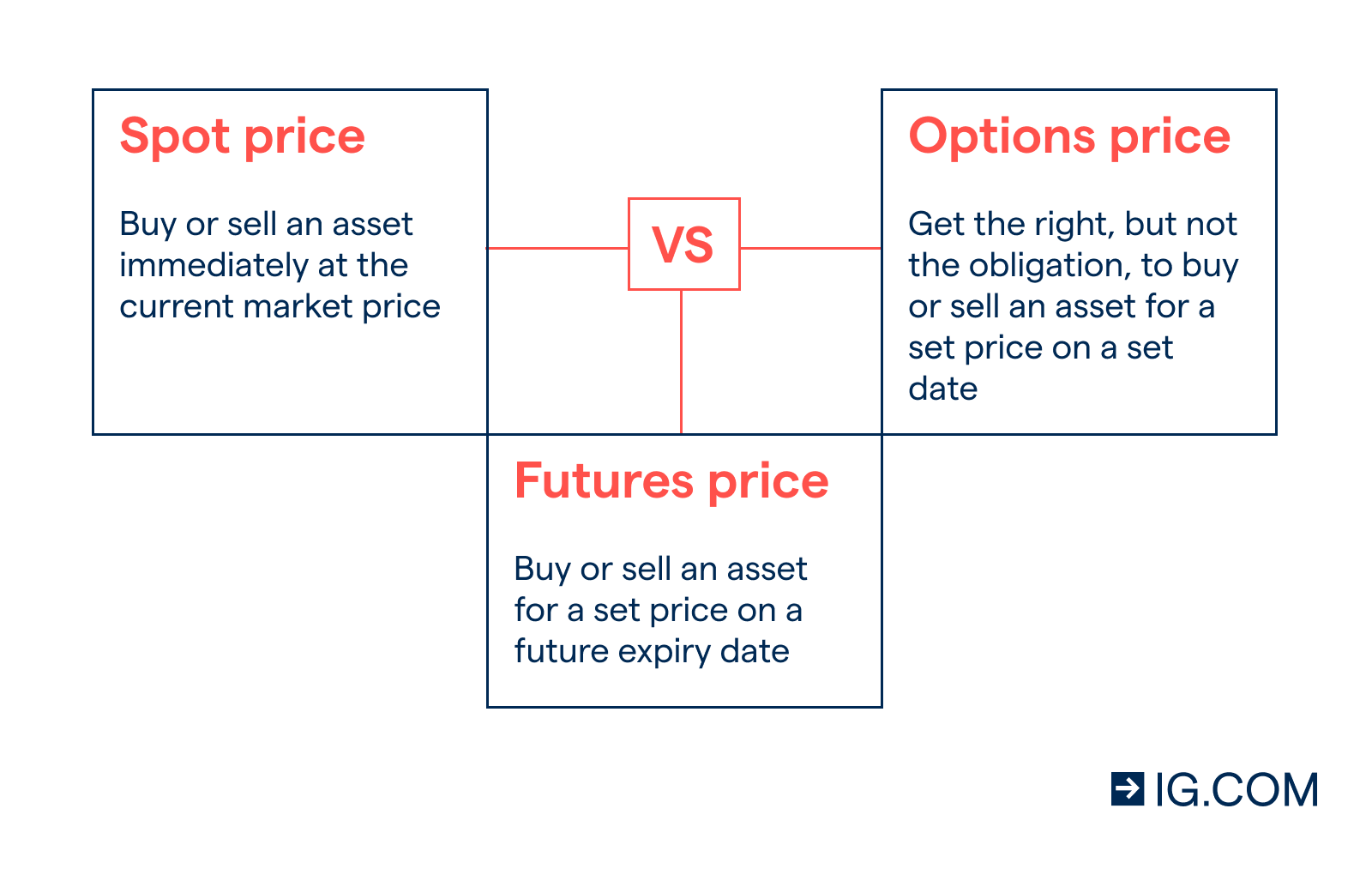Embarking on a financial adventure can be simultaneously exhilarating and daunting. Amidst the myriad of trading options available, understanding the nuances between forex and option trading is paramount. Whether you’re a seasoned veteran or a budding enthusiast, discerning the distinctions will empower you to make informed decisions and steer your trading endeavors towards success.

Image: blog.mt2trading.com
Delving into Forex Trading: A Currency Exchange Odyssey
Foreign exchange trading, commonly known as forex, involves the exchange of currencies at floating rates. This dynamic marketplace operates 24 hours a day, facilitating transactions worth trillions of dollars daily. Forex traders capitalize on currency fluctuations, buying and selling currencies to profit from exchange rate movements. As the world’s largest and most liquid financial market, forex offers traders unparalleled opportunities for profit and growth.
Navigating Option Trading: A Journey into Derivatives
Option trading, on the other hand, involves a contract that gives the buyer the right, but not the obligation, to buy or sell an underlying asset at a specified price on or before a specified date. Unlike forex, where traders solely exchange currencies, option traders speculate on the future price of assets ranging from stocks to commodities. This complexity introduces additional layers of strategy and risk, yet it also opens up a vast array of trading possibilities.
Key Differences: Dissecting the Nuances

Image: www.slidemake.com
1. Underlying Assets: A Tale of Diversity
In forex, the underlying assets are currency pairs. Traders speculate on the relative value of different currencies, utilizing fluctuations to generate profit. Option traders, on the other hand, delve into a diverse range of underlying assets including stocks, bonds, commodities, and currencies. This wider scope provides greater flexibility but also demands a deeper understanding of the underlying markets.
2. Contractual Obligations: A Matter of Choice
Forex trading entails spot contracts, meaning that currencies are exchanged immediately at the prevailing market rate. Option contracts, conversely, grant the buyer the choice whether to exercise their right to buy or sell the underlying asset. This flexibility allows option traders to tailor their strategies based on their risk tolerance and market outlook.
3. Leverage: Amplifying Gains and Risks
Leverage is a double-edged sword in both forex and option trading. It magnifies both potential profits and losses, allowing traders to control larger positions with a smaller amount of capital. However, it is imperative to use leverage judiciously, as it can amplify losses just as easily as it amplifies gains.
4. Risk Management: A Prudent Approach
Risk management is paramount in any trading endeavor. Forex traders rely on stop-loss orders and position sizing to mitigate potential losses. Option traders, in addition to these measures, can employ advanced strategies such as hedging and spread trading to manage risk and enhance returns.
5. Learning Curve: A Journey of Knowledge
Both forex and option trading require dedication and a thirst for knowledge. Forex trading, with its focus on currency exchange, offers a relatively lower learning curve compared to option trading. Option trading, due to its contractual nature and diverse underlying assets, requires a deeper understanding of options strategies and market dynamics.
Difference Between Option Trading And Forex Trading
Conclusion: Embracing Informed Decisions
Embarking on a trading journey demands a clear understanding of the available options. By grasping the key differences between forex and option trading, you can pave the way for informed decisions tailored to your trading aspirations. Remember, education is your most potent tool, so commit to continuous learning and seek guidance from experienced traders and reputable resources to maximize your chances of success in the financial markets. Are you ready to dive into the captivating realm of trading?






